
- Poems Poetry Art
- Author
- Alfred French (11)
- Charles Bukowski (12)
- Edgar Allan Poe (16)
- Edmund Spenser (7)
- Eyvind Earle (15)
- Jack Hirschman (16)
- John Hejduk (9)
- John Milton (7)
- Lance Woolaver (7)
- Lindley Murray (8)
- Patti Smith (16)
- Reilly Rhodes (11)
- Rosaleen Norton (6)
- Shel Silverstein (9)
- Unknown (9)
- Various (40)
- William Blake (9)
- William Shakespeare (7)
- Wulf Segebrecht (17)
- Yvon Grenier (6)
- ... (3211)
- Binding
- Publisher
- Abrams, Inc. (12)
- Bernard Lintott (6)
- Broadside Press (10)
- De Selliers, Diane (10)
- E. Little & Co (8)
- George Olms (16)
- Gotham Press (9)
- Hard Press (15)
- Harpercollins (7)
- J.b. Metzlersche (17)
- Museum Of Modern Art (9)
- Nimbus Publishing (7)
- Pré Nian Editions (6)
- Rizzoli (9)
- Samuel French (7)
- Sore Dover Press (7)
- Ten Crow Press (6)
- Thames & Hudson (6)
- Unknown (11)
- X-ray Book Company (6)
- ... (3265)
- Region
- Topic
- Art (33)
- Art & Poetry (7)
- Artists (11)
- Asian / General (7)
- Autographs, Poetry (5)
- Books (15)
- Books, Poetry (8)
- Classics (6)
- Conceptual Art (6)
- Fine Arts (5)
- General (42)
- Literary (7)
- Literature (10)
- Literature, Modern (9)
- Photography (6)
- Poetry (526)
- Poetry & Plays (49)
- Poetry And Art (8)
- Poetry, Art (7)
- Poetry, Books (5)
- ... (2677)
- Year Printed
Dimitrij Prigov Stichograms. 1985
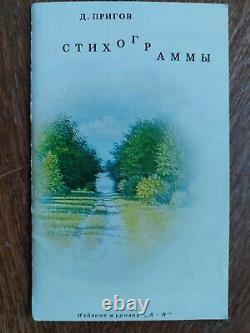
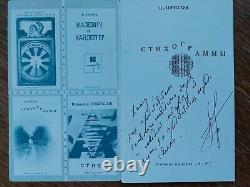
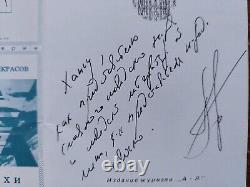
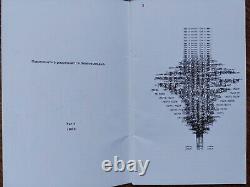
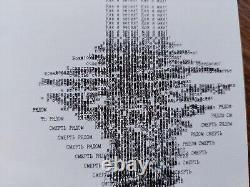

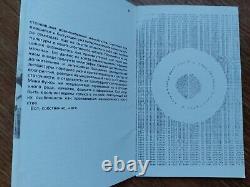

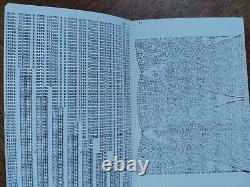
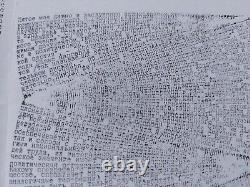


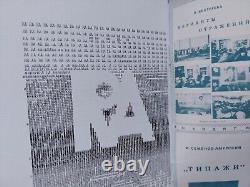
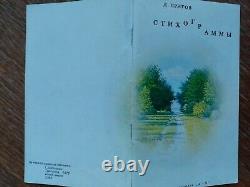


15.5 x 9.5 cm. Personal dedicatory inscription by pen from.
This book is an excellent example of the traditions of the Russian avant-garde of the early 1980s. 1940 - 2007 was a Russian writer and artist.Prigov was a dissident during the era of the Soviet Union. Born in Moscow, Russian SFSR, Prigov started writing poetry as a teenager. He was trained as a sculptor, however, at the Stroganov Art Institute in Moscow and later worked as an architect as well as designing sculptures for municipal parks.
Prigov and his friend Lev Rubinstein were leaders of the conceptual art school started in the 1960s viewing performance as a form of art. He was also known for writing verse on tin cans. He was a prolific poet having written nearly 36,000 poems by 2005. For most of the Soviet Era, his poetry was circulated underground as Samizdat. It was not officially published until the end of the Communist era.
His work was widely published in émigré publications and Slavic studies journals well before it was officially distributed. From 1987 he started to be published and exhibited officially, and in 1991 he joined the Writers' Union.
He had been a member of the Artists' Union from 1975. Prigov took part in an exhibition in the USSR in 1987: his works were presented in the framework of the Moscow projects "Unofficial Art" and "Modern Art". In 1988 his personal exhibition took place in the USA, in Struve's Gallery in Chicago. Afterwards his works were many times exhibited in Russia and abroad. Prigov also wrote the novels Live in Moscow and Only My Japan, and was an artist with works at the Moscow Museum of Modern Art.
He had many strings to his bow writing plays and essays, creating drawings, video art and installations and even performing music. Prigov, together with philosopher Mikhail Epstein, is credited with introducing the concept of "new sincerity" (novaia iskrennost') as a response to the dominant sense of absurdity in late Soviet and post-Soviet culture. Prigov referred to a "shimmering aesthetics" that (as explained by Epstein) is defined not by the sincerity of the author or the quotedness of his style, but by the mutual interaction of the two.
In 1993 Prigov was awarded Pushkin Prize of Alfred Toepfer Stiftung F. And in 2002 he won Boris Pasternak Prize. Dmitri Prigov died from a heart attack in 2007, aged 66, in Moscow. He had been planning an event where he would sit in a wardrobe reading poetry while being carried up 22 flights of stairs at Moscow State University by members of Voina Group. In 2011 Hermitage Museum presented an important monographic exhibition of Prigov's art in Venice during 54th Biennale.
Prigov's name in his native Russian Cyrillic lettering, ??? Has been rendered in English in various ways, with variations in the spelling of his first and middle names. Swedish poet, writer, historian and translator, who showed great interest in the Soviet Union. Genrikh Sapgir was one of the main translators of Russian literature into Swedish. He translated from Russian into Swedish the works of Akhmatova, Aksyonov, Brodsky, Dovlatov, Yevtushenko, Okudzhava, Solzhenitsyn and many others.Wrote a biography of Solzhenitsyn.

